Image Gallery: Francis Crick Explains DNA to 12-Year-Old
A Most Important Discovery
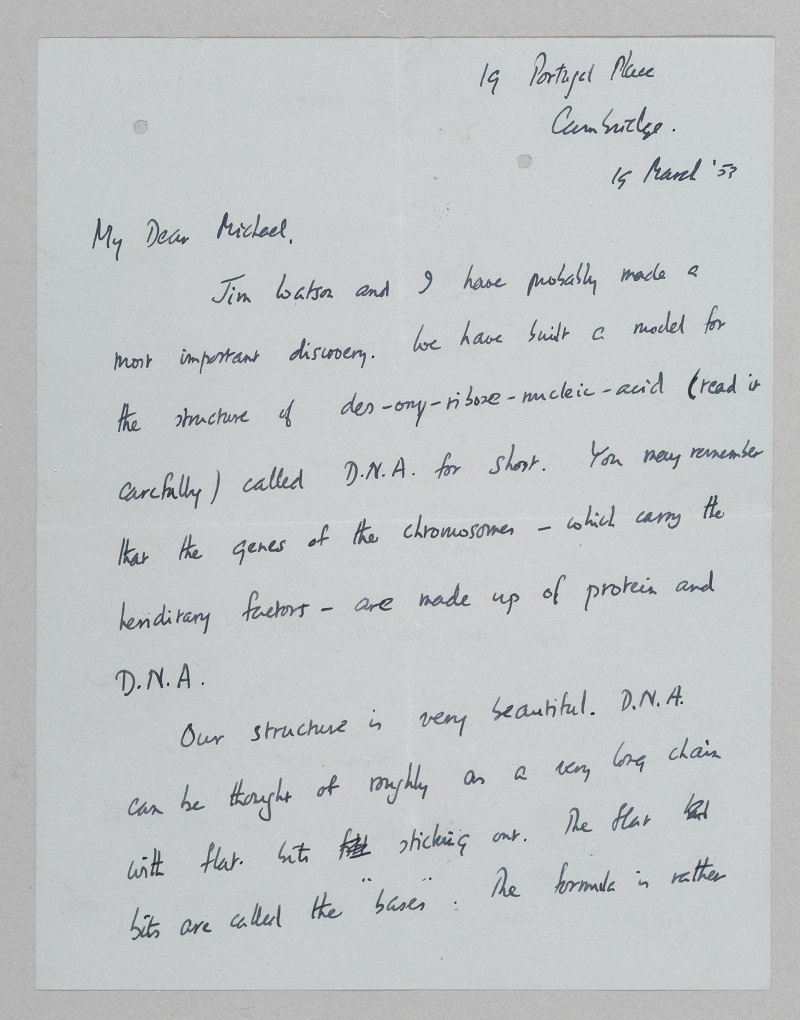
"My Dear Michael, Jim Watson and I have probably made a most important discovery," begins the letter Francis Crick wrote to his 12-year-old son, Michael, on March 19, 1953. Now up for auction, the letter is one of the first written accounts of how Crick and James Watson unraveled the double-helix structure of DNA that makes it possible for life to copy itself.
Crick's Letter
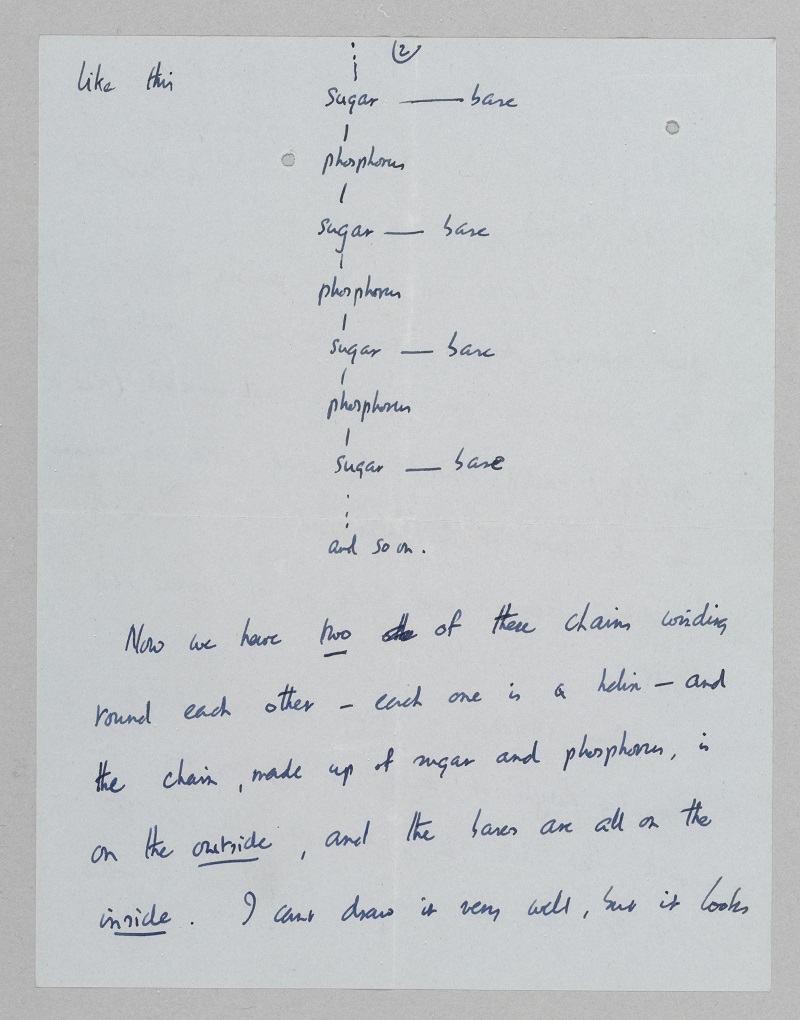
Crick describes the structure in detail for his son. "I can't draw it very well, but it looks like this," the scientist writes.
Double Helix
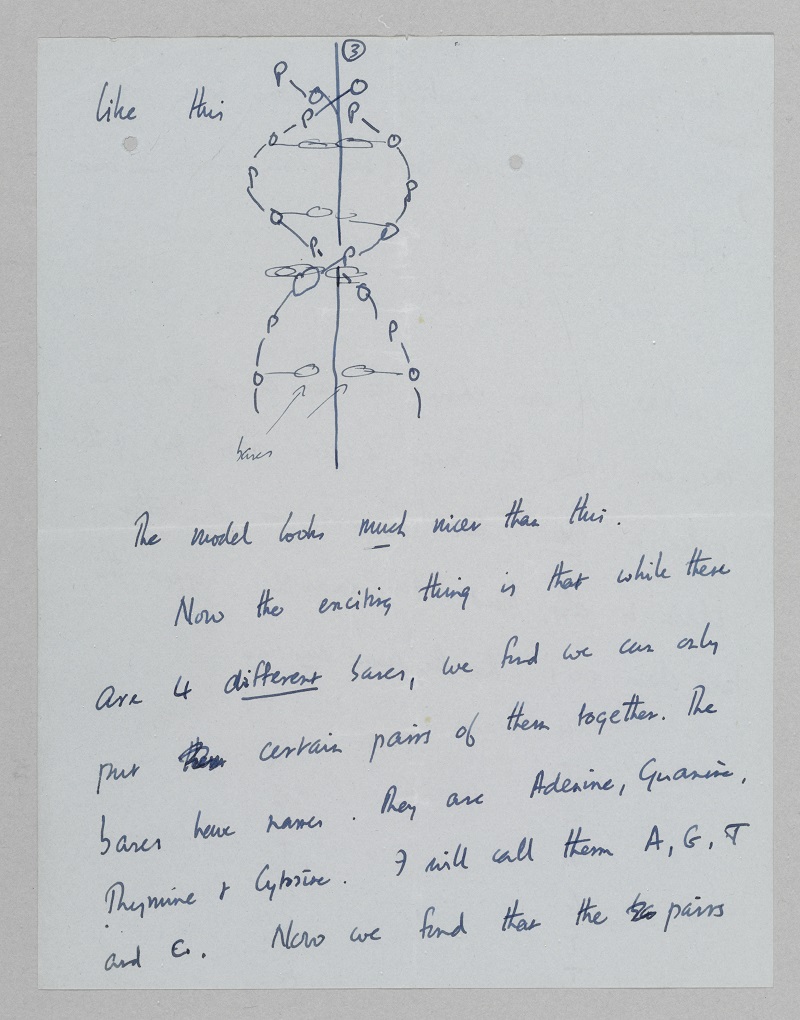
The third page of the letter contains a diagram Crick drew of the double helix structure of the DNA molecule.
Historic Sale
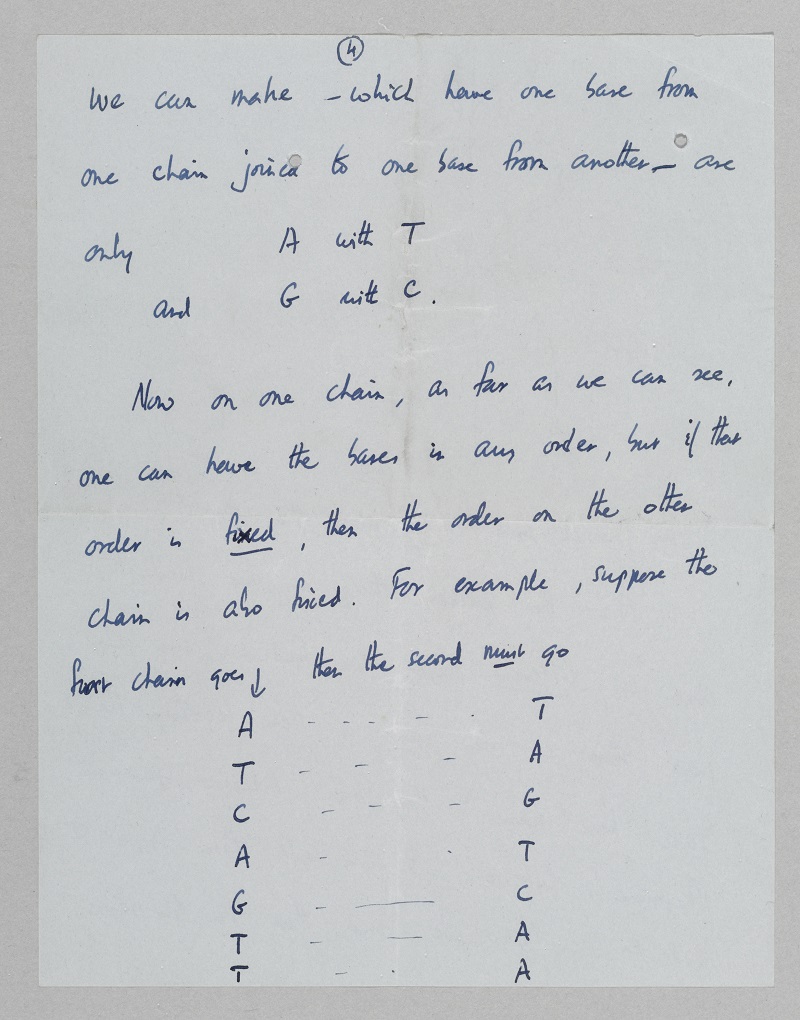
Michael Crick, who received this letter while he was away at boarding school, wrote in Christie's catalogue for the auction that this note is likely "the first public description of these ideas that have become the keystone of molecular biology."
Cracking The Code
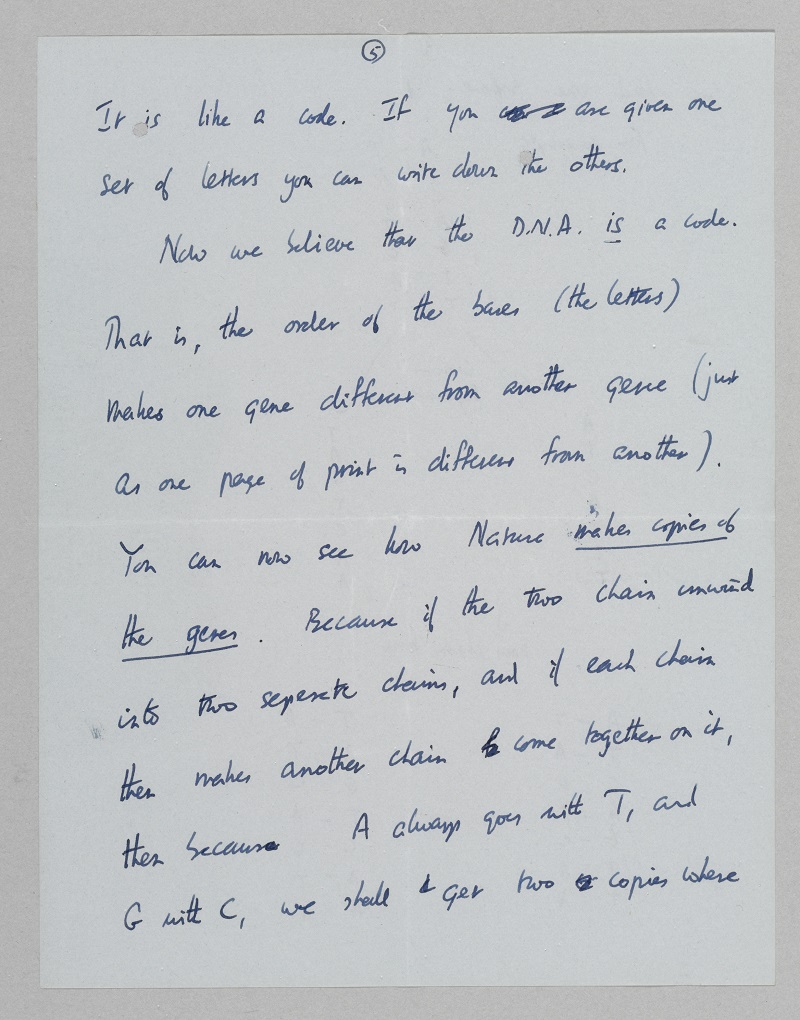
On page 5 of the letter, Francis Crick writes: "Now we believe that D.N.A. is a code. That is, the order of the bases (the letters) makes one gene different from another gene (just as one page of print is different from another). You can now see how Nature makes copies of the genes. Because if the two chains unwind into two separate chains, and if each chain then makes another chain come together on it, then because A always goes with T, and G with C, we shall get two copies where we had one before."
A, C, G, and T
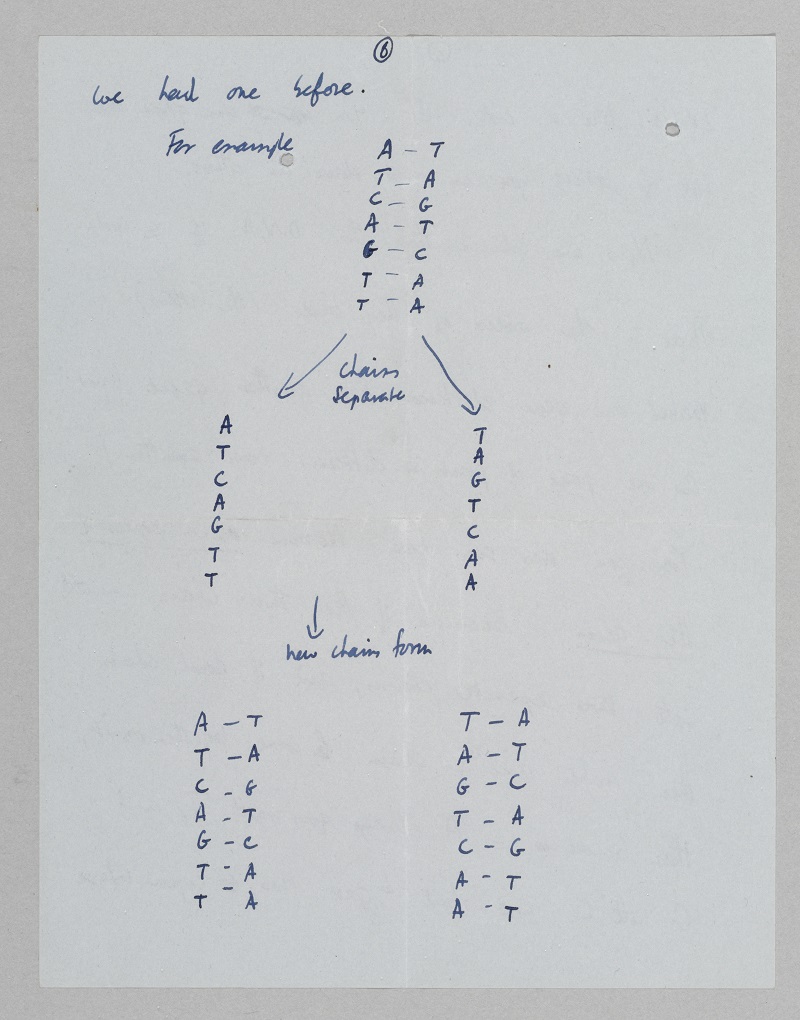
Crick drew a series of diagrams of the base pairings for his son.
How Life Comes From Life
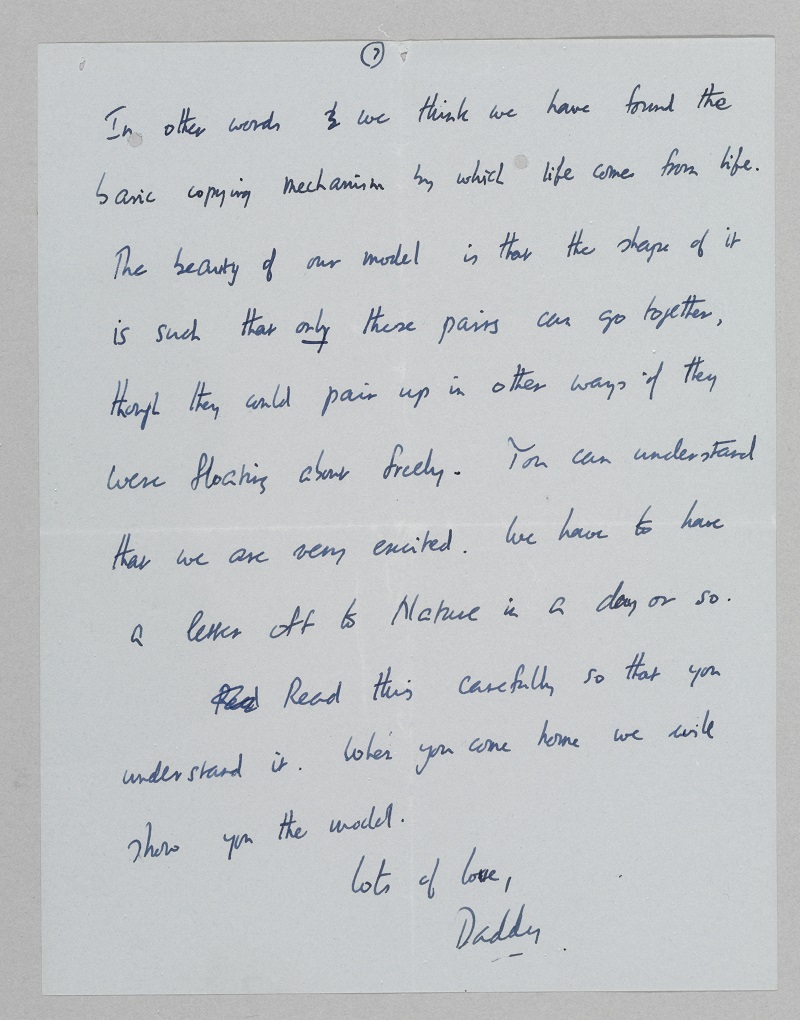
"In other words we think we have found the basic copying mechanism by which life comes from life," Crick modestly concludes in the letter, before signing off, "lots of love, Daddy."
Sign up for the Live Science daily newsletter now
Get the world’s most fascinating discoveries delivered straight to your inbox.











